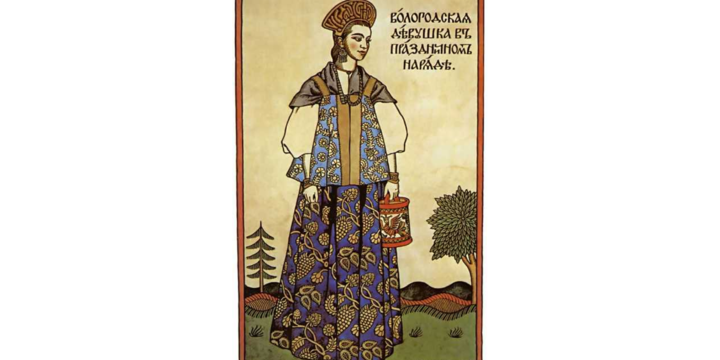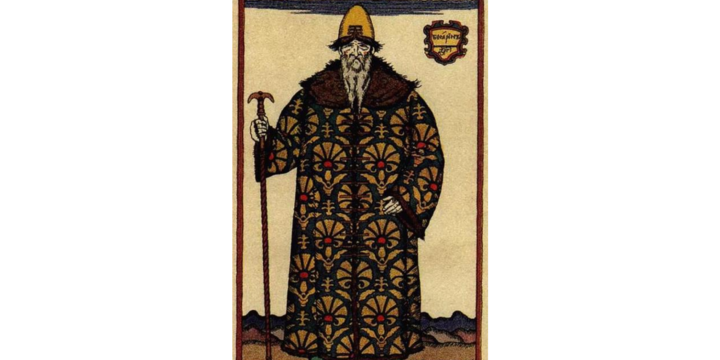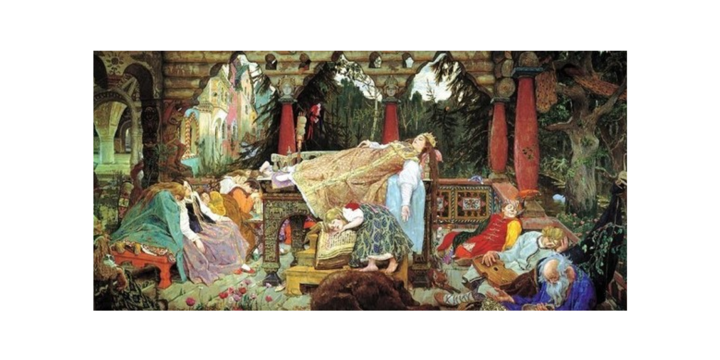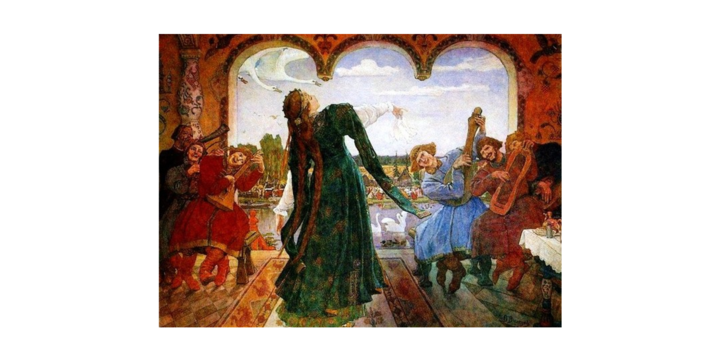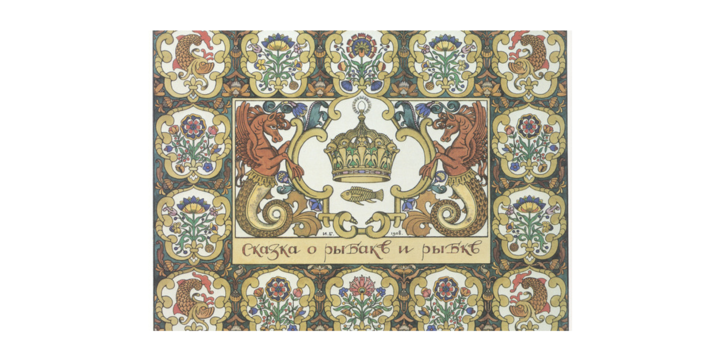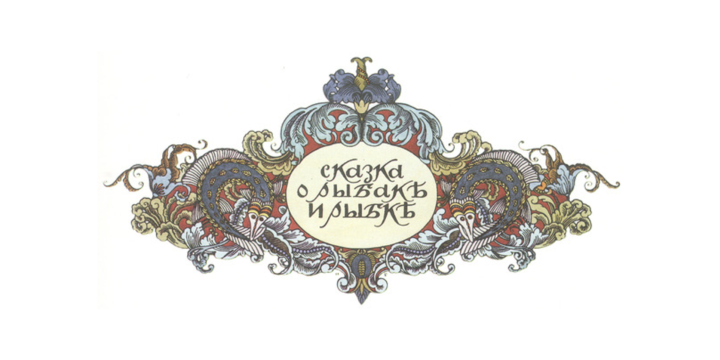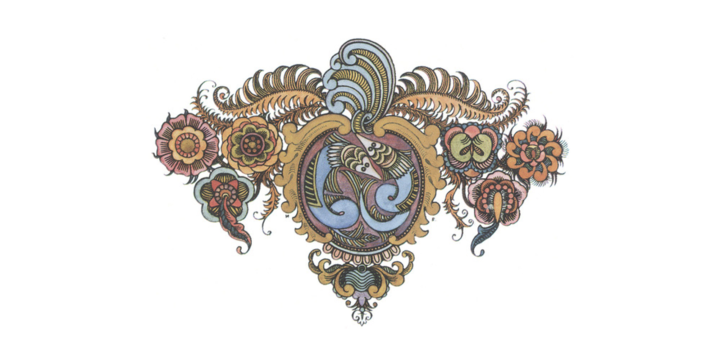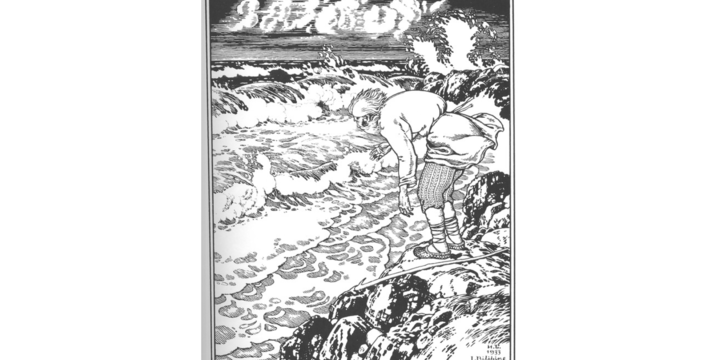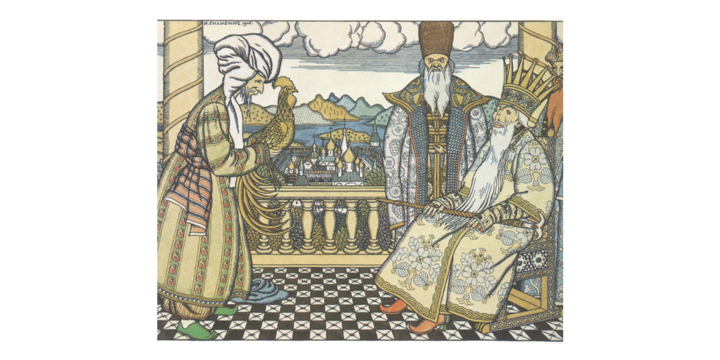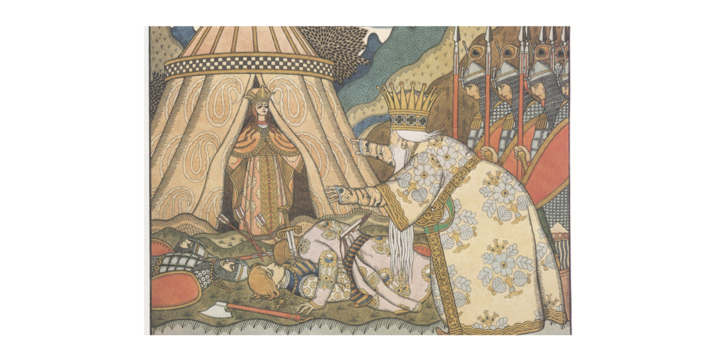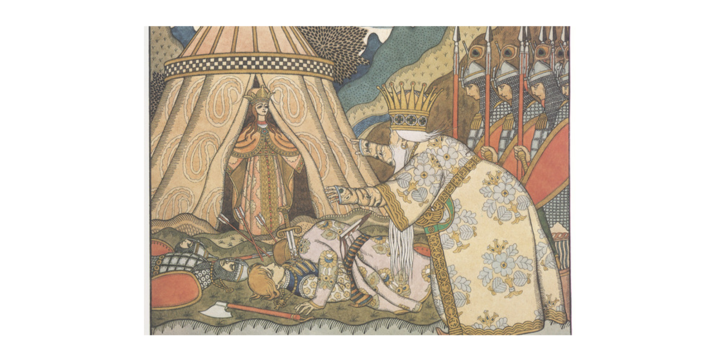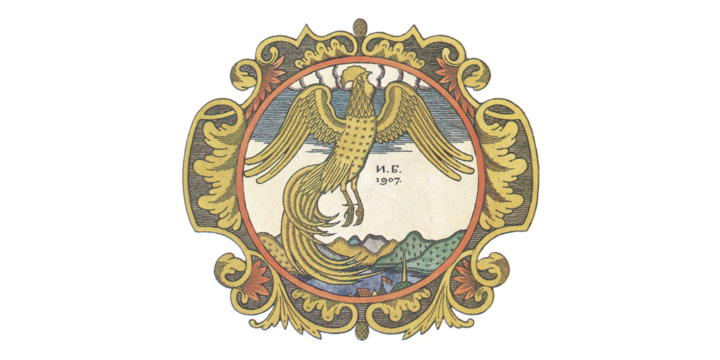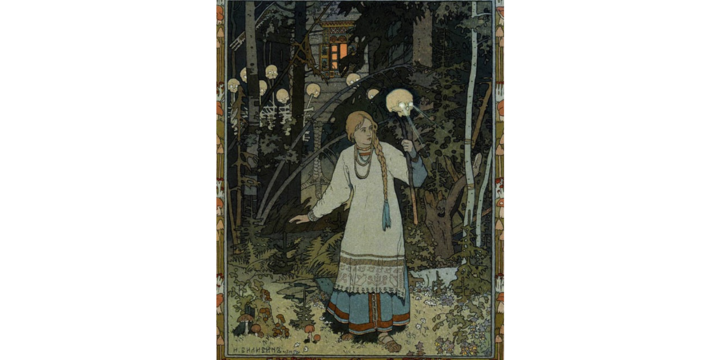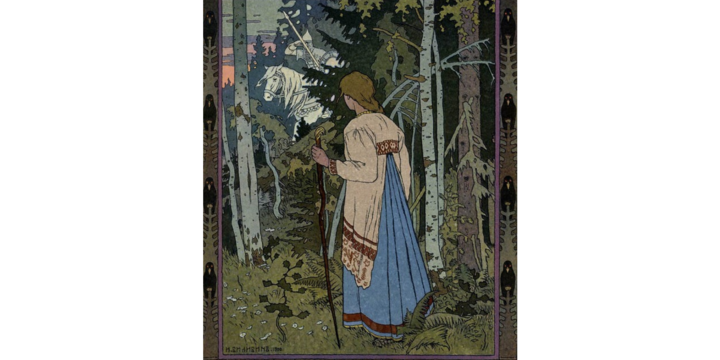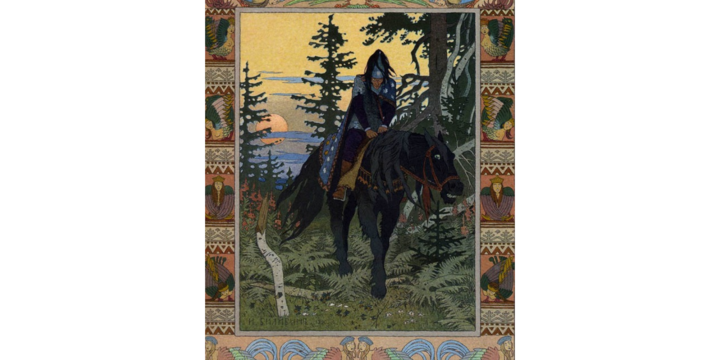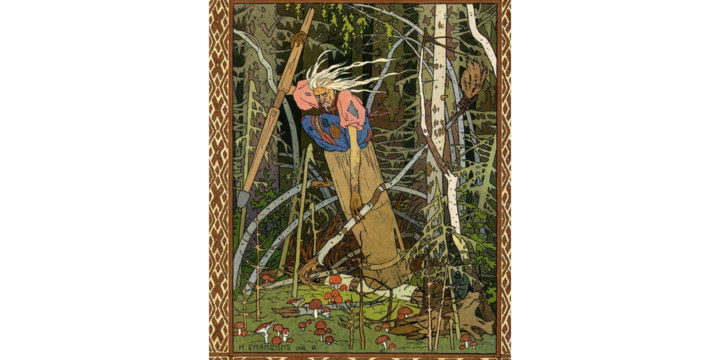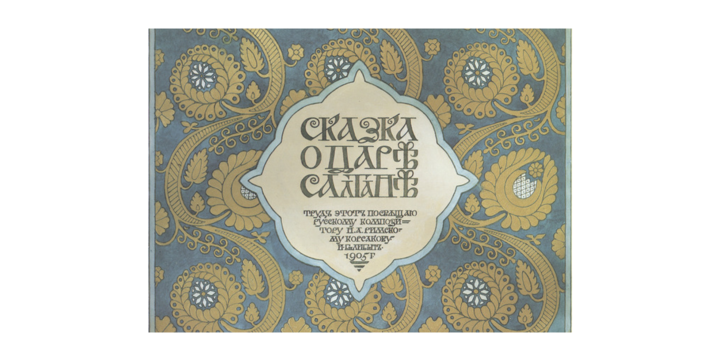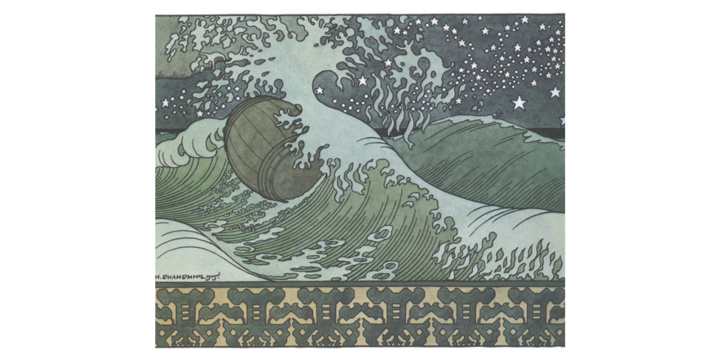Статья
Ivan-Tsarevich
07/18/2014
Ancient Russian art became interesting for everyone in early 19th century. The interest in it was more archaeological than artistic, though. There was no understanding of its aesthetic value, that’s why the early imitators of this style made rather perfunctory things. Only at the end of the century the artists managed to feel that old style.
“Ancient artistic Russia has been recently discovered, dust-laden and mycelia. However, it was so beautiful, that the only desire of those who discovered it was to bring it back!” – Ivan Bilibin wrote. He played the most important part in the process of preserving old Russian style.
Ivan Bilibin's works
There has been no Renaissance for ancient Russian art, though. But it influenced some new artistic spheres greatly, e.g. book graphics, where some stylistic synthesis still could take place, unlike more traditional spheres.
Vasnetsov's illustrations for traditional fairy-tails
The first attempts to develop the book graphics were not very successful. The pictures of Vasnetsov, Polenova and Malutin didn’t fit in the page structure, didn’t become the part of the book. Finally, it was impossible to print the pictures correctly as soon as the technique was unfit for that. Those were not illustrations yet, but the pictures kept in the book by force. Later the artists succeeded in creating the kind of graphics that would fit. But the new art demanded fresh blood. Ivan Bilibin became the first Russian book illustrator. He developed the book graphical style by experimenting with the water-color and easel painting heritage. Ancient Russian methods like iconography, popular prints and ornamental patterns became the most important sources of information for him. According to I.Bilibin, they taught him “careful and frugal approach to every line”.
Bilibin's illustrations
Roerich, Azbe and Repin were Bilibin’s teachers. Then he taught graphics for ten years. He was considered to be one of the main experts on Russian olden time. In 1904 Ivan Bilibin designed and illustrated the issue of “The world od Art” magazine by himself.
Bilibin traveled a lot, he has been to Europe, Egypt and Cyprus. He took photos and made sketches everywhere. He called his style “noble Russian traditional pop art”.
Hokusai and Bilibin

His manner is unique as it’s an amalgam of innumerous aesthetics and techniques. But the graphical system which integrated the painting into the design of the book was his innovation. Bilibin made the page colorfully unbroken, the space of the picture and the text became as relative as the outlines of the picture itself. This system changed with time, in his later works we can see the methods of ancient Russian style than those of national popular one.
The most famous Bilibin’s works are illustrations for Russian folk fairy-tales like” The Frog Princess”, “Vassilissa the Beautiful”, “Sister Alyonushka and Brother Ivanushka” etc. They have one common cover. The artist also studied calligraphy as he needed to use decorative types. Another element he always used was ornament. They were always parts of the main picture. Many ideas for the ornaments were taken from national peasant embroidery and fresco, which the painter had collected.
The love for folklore led Bilibin to Pushkin’s fairy tales. He designed the books “The Tale about Tsar Saltan”, “The Golden Cock”, “The tale about a seaman and a fish”. The importance of his works for us is the composition of our visual stereotypes about ancient Russia. Thanks to his works, we have a visual image of the olden times.


